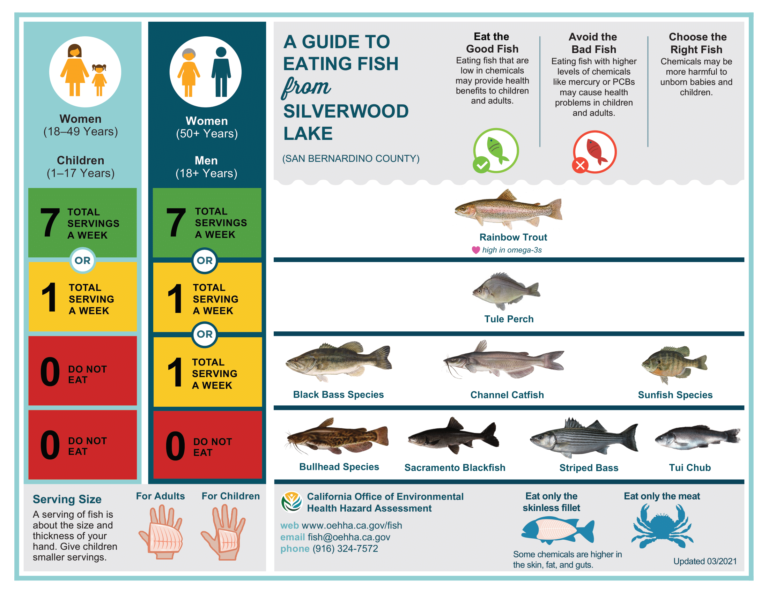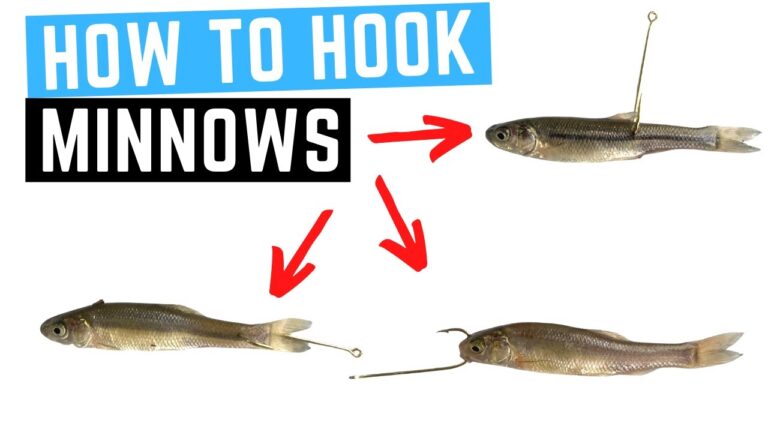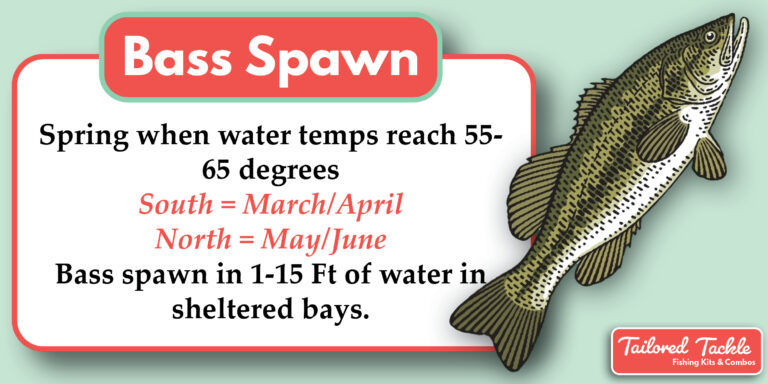How to Fish for Bass in a Pond

To fish for bass in a pond, use live bait or artificial lures that mimic local prey. Cast near structures like submerged logs or weed beds where bass hide.
Fishing for bass in ponds can offer an exciting and accessible angling experience for beginners and experts alike. The key is to understand bass behavior and adapt your tactics to smaller waters. Since pond bass typically stay close to cover to ambush prey, targeting these areas increases your chances of success.
Timing your efforts to coincide with feeding times—dawn and dusk—can also significantly improve your catch rates. Equipping yourself with the right gear and using a variety of techniques will help match the conditions and mood of the fish. Remember to respect the ecosystem by practicing catch and release or following local regulations if you intend to keep your catch.
Introduction To Bass Fishing In Ponds
Bass fishing in ponds is an exciting activity for anglers of all ages. These smaller bodies of water offer unique challenges and rewards. Pond ecosystems tend to be warmed by the sun more quickly than larger lakes. This warmth makes the bass more active and easier to catch. Also, ponds often have less fishing pressure, which means bass can be less wary and more plentiful.
Understanding bass behavior is the key to success. These fish enjoy areas with ample cover, such as lily pads, submerged logs, or weed beds. They use these areas to ambush prey. In the mornings and evenings, bass are most active. It’s the perfect time to cast a line. Soft plastics, spinnerbaits, and live bait can be extremely effective in these situations.

Credit: www.onthewater.com
Essential Gear For Successful Pond Fishing
Mastering pond bass fishing demands the right gear. A light to medium rod offers exceptional control. The ideal reel setup combines smooth casting with strength.
Choosing effective baits is crucial. Topwater lures entice bass with surface disturbance. Soft plastics mimic natural prey perfectly.
The right line and hook make a significant difference. A fluorocarbon line is nearly invisible underwater. This aids in tricking wary fish. Go for larger hooks when targeting big bass. Remember, sharp hooks ensure better catch rates.
Identifying Prime Bass Habitats In Ponds
Bass fishing in ponds depends heavily on recognizing prime habitats. Focus on areas with plenty of structure and cover, such as submerged trees, weed beds, and overhanging branches. These spots offer bass protection and feeding opportunities.
As seasons change, so do bass locations. During spring and fall, look for bass in shallow waters as they are more likely to hunt in warmer temperatures. In contrast, during summer and winter, bass tend to dwell in deeper parts of the pond where the water remains more temperate and comfortable.
The water’s texture and warmth are crucial. Clear water allows bass to see better, influencing their position. Likewise, warmer pockets of water in colder months draw bass looking for comfort. Conversely, in hot months, the bass may seek cooler depths. Observing these patterns can lead to successful catches.

Credit: www.gameandfishmag.com
Effective Techniques For Bass Pond Fishing
Bass pond fishing demands strategy for real success. Small waters pose unique challenges. One must understand the pond’s layout and bass behavior. Use light tackle to ensure your lure presents naturally.
Casting near lily pads and weed beds can entice bass. These fish love hidden spots. For bait movement, opt for gentle twitches and pauses. This mimics wounded prey. It’s exactly what bass watch out for.
Choose between topwater and sub-surface lures. Topwater lures work well during low light conditions. Bass often hunt at these times. Expect explosive strikes. On sunny days, dive deeper. Use sub-surface lures to tempt shy bass.
Maximizing Your Fishing Efforts
Bass fishing in ponds peaks at dawn and dusk. These prime times align with bass feeding habits.
The weather plays a crucial role in bass behavior. Overcast skies can lead to successful catches throughout the day.
Catch and release ensures bass populations remain healthy. Handle bass with care, using wet hands to minimize stress.
Advanced Tips And Tricks
Mastering the use of electronics can drastically improve your bass fishing game. Depth finders and GPS systems let you pinpoint the best fishing spots and track fish movements. These tools are vital for locating structures where bass often hide.
Variety in bait selection proves crucial for successful pond bass fishing. Live baits like minnows and frogs often attract bass, but don’t ignore artificial options. Lures resembling local prey can be surprisingly effective.
Understanding bass feeding habits—morning and evening feeds are common—can greatly increase your catch. Observe pond conditions and adjust tactics accordingly. Colder waters mean slower movements; thus, your bait should also move slower.
Preserving The Pond Environment
Conserving the pond’s ecosystem is vital for bass fishing. Responsible fishing methods help maintain healthy fish populations. Engage the local community in education efforts. Teach them about sustainable practices. Encouraging catch and release is one way to preserve bass numbers. It is important to use barbless hooks to minimize injury to fish. Always dispose of fishing line properly to protect wildlife. Participate in or organize clean-up events. Keeping the pond clean supports the fish and their habitat. Learning and sharing conservation techniques can have a big impact.

Credit: www.youtube.com
Frequently Asked Questions For How To Fish For Bass In A Pond
What Is The Best Bait To Catch Bass In A Pond?
The best bait to catch bass in ponds are live minnows, worms, crayfish, and artificial lures such as spinners and soft plastics.
How Do You Fish For Largemouth Bass In A Pond?
To fish for largemouth bass in a pond, select weedless lures for dense vegetation. Use plastic worms or jigs for precision around cover. Cast near structures like logs or rocks. Opt for topwater baits early morning or late evening. Always practice catch and release to maintain populations.
What Is The Best Time Of Day To Fish For Bass In A Pond?
Early morning and late afternoon are typically the best times to fish for bass in a pond, as bass are most active during these periods.
Where Do Big Bass Hide In Ponds?
Big bass typically hide in pond structures like submerged logs, weed beds, lily pads, and rocky outcrops. They seek shelter in shadows near banks during sunny days for ambush opportunities.
Conclusion
Mastering the art of bass fishing in ponds is an enjoyable pursuit. With the right gear, techniques, and patience, success is within reach. Remember to consider the pond’s environment and adapt accordingly. Embrace these tips and you’ll reel in a rewarding catch.
Hit the water’s edge prepared, and let the adventure begin!





